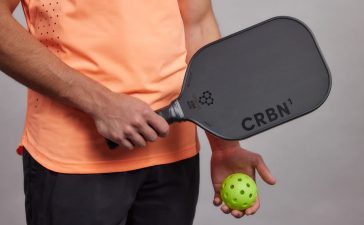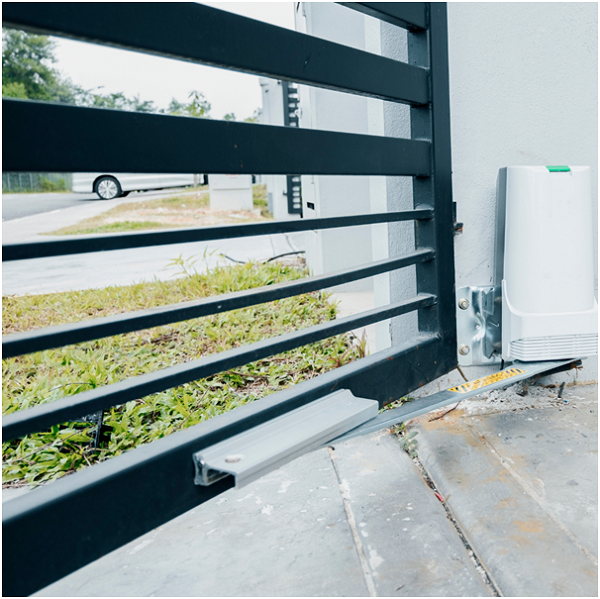Baseball bats, seemingly simple tools, are actually carefully engineered instruments designed to maximize hitting power and control. Each component plays a crucial role in the overall performance of the bat. Understanding the anatomy of a baseball bat can help players make informed decisions when selecting a bat and improve their swing mechanics. This knowledge will also help players identify why some bats perform better than others. Let’s break down the key features.
The Barrel: Sweet Spot and Power Zone
The barrel is the thickest part of the bat, designed for impact with the baseball. It determines the bat’s hitting surface and potential for generating power. The “sweet spot” is a small area on the barrel that delivers the most power and minimal vibration when hit. A larger barrel often means a larger sweet spot, providing more forgiveness on off-center hits. Barrel length and diameter influence the bat’s swing weight and overall feel. Players seeking maximum power often prefer bats with larger barrels. Barrel materials like aluminum or composite also greatly impact performance, influencing trampoline effect and exit velocity.
The Handle: Grip and Control
The handle is the thinner part of the bat that the player grips. In baseball, the quality of the grip provided by the handle is very important. The handle is a lot of times wrapped in tape or some type of grip material to provide players with a place to hold the bat securely. Handle thickness and material affect the player’s grip and control. Thinner handles allow for quicker bat speed, while thicker handles provide a more comfortable and secure grip. The handle material can influence vibration dampening and overall feel.
The Knob: Balance and Swing Feel
The knob is located at the very bottom of the baseball bats. It prevents the player’s hand from slipping during the swing. It also contributes to the bat’s overall balance. Knob size and shape can vary, affecting the bat’s swing weight and feel. Larger knobs can provide more counterbalance, helping players maintain control and generate power. Smaller knobs offer a more streamlined feel, allowing for quicker swings. The knob can also contain sensors in smart bats.
The Taper: Transition Point
The taper is the section of the bat that connects the barrel to the handle. Its design affects the bat’s overall balance and swing feel. A gradual taper provides a smooth transition between the barrel and handle, while a more abrupt taper can create a stiffer feel. The taper’s length and angle influence the bat’s flex point. Bats with a higher flex point tend to feel more balanced, while those with a lower flex point offer more whip.
The End Cap: Weight Distribution and Durability
The end cap is the protective covering at the end of the barrel. It is designed to seal the bat and influence its weight distribution. End cap material affects the bat’s swing weight and durability. Lighter end caps can make the bat feel more balanced and easier to swing, while heavier end caps can concentrate weight towards the end of the barrel, increasing power potential. The end cap also protects the barrel from damage due to impacts.













